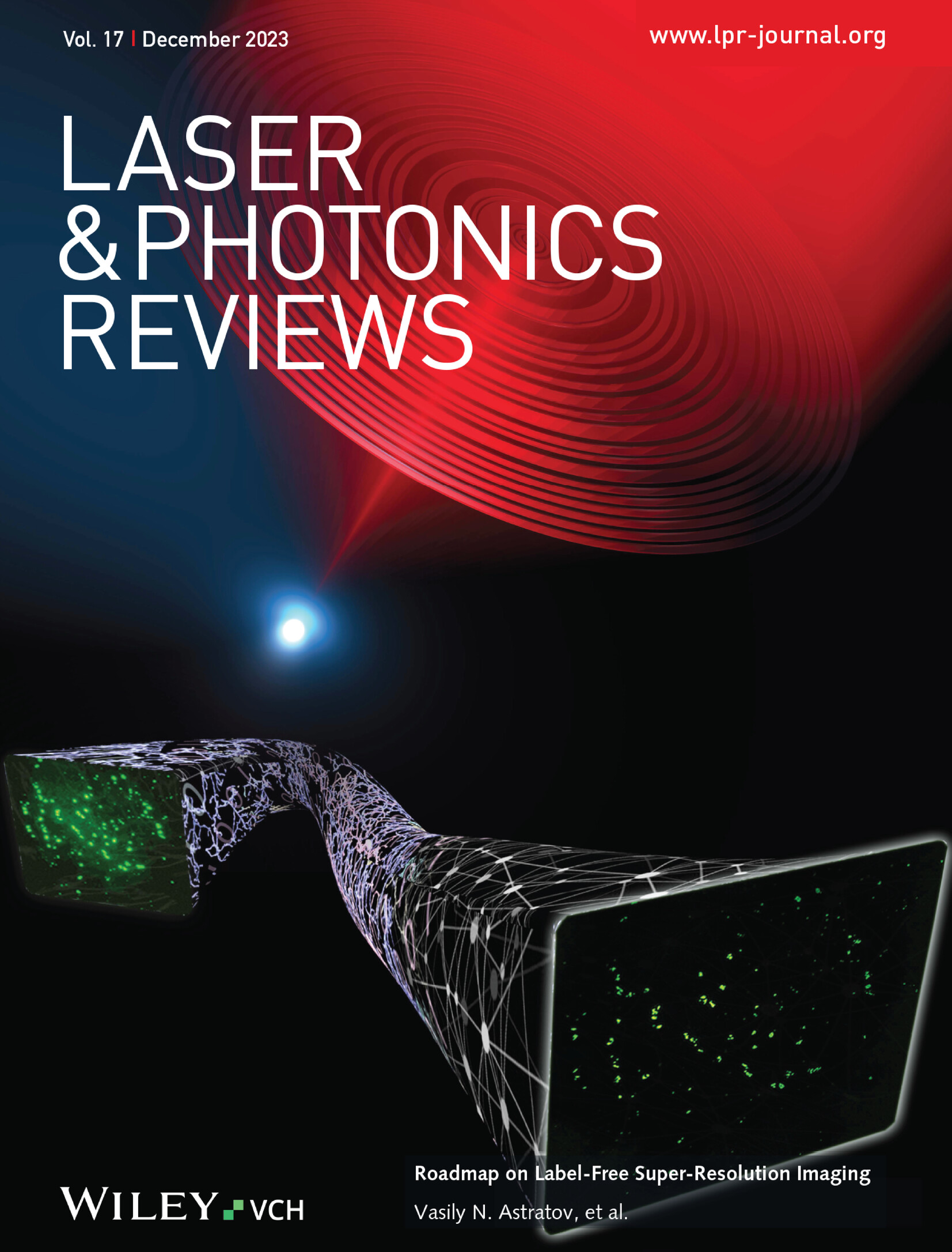Golden Vaterite as a Thermo-Optical Agent
IF 9.8
1区 物理与天体物理
Q1 OPTICS
引用次数: 0
Abstract
Thermo-optical therapeutic approaches offer precise temperature control using light, opening new possibilities in targeted drug delivery, cancer therapy, and tissue engineering. Compared to traditional single-function plasmonic particles, mesoporous metamaterial-like nanostructures can operate in the infrared spectrum, matching the biological transparency window, while also acting as carriers for therapeutic agents. This study explores the thermo-optical characteristics of golden vaterite, a mesoporous calcium carbonate loaded with gold nanoparticles, forming a metamaterial capsule. Heating capabilities of individual particles are measured in an optical trap, where local temperature is derived from stochastic dynamics influenced by temperature-dependent viscosity. A calibration step or the use of tabulated data enables accurate mapping between irradiated power and particle temperature. Four sets of particles with varying gold content are tested, demonstrating temperature increases of up to several tens of degrees with milliwatt-scale infrared continuous-wave lasers. Heating efficiencies (𝑑𝑇/𝑑𝑃) as high as 30 °C mW−1 are observed. Additionally, optomechanical tools with microfluidic features allowed efficient prototyping of thermo-optical agents without fluorescent markers. Golden vaterite, capable of both thermal and optical functions, presents a versatile platform for developing theranostic particles for heat-based optical applications and targeted therapeutic delivery.

求助全文
约1分钟内获得全文
求助全文
来源期刊
CiteScore
14.20
自引率
5.50%
发文量
314
审稿时长
2 months
期刊介绍:
Laser & Photonics Reviews is a reputable journal that publishes high-quality Reviews, original Research Articles, and Perspectives in the field of photonics and optics. It covers both theoretical and experimental aspects, including recent groundbreaking research, specific advancements, and innovative applications.
As evidence of its impact and recognition, Laser & Photonics Reviews boasts a remarkable 2022 Impact Factor of 11.0, according to the Journal Citation Reports from Clarivate Analytics (2023). Moreover, it holds impressive rankings in the InCites Journal Citation Reports: in 2021, it was ranked 6th out of 101 in the field of Optics, 15th out of 161 in Applied Physics, and 12th out of 69 in Condensed Matter Physics.
The journal uses the ISSN numbers 1863-8880 for print and 1863-8899 for online publications.

 求助内容:
求助内容: 应助结果提醒方式:
应助结果提醒方式:


